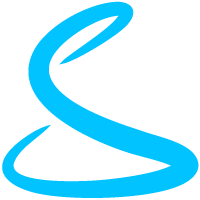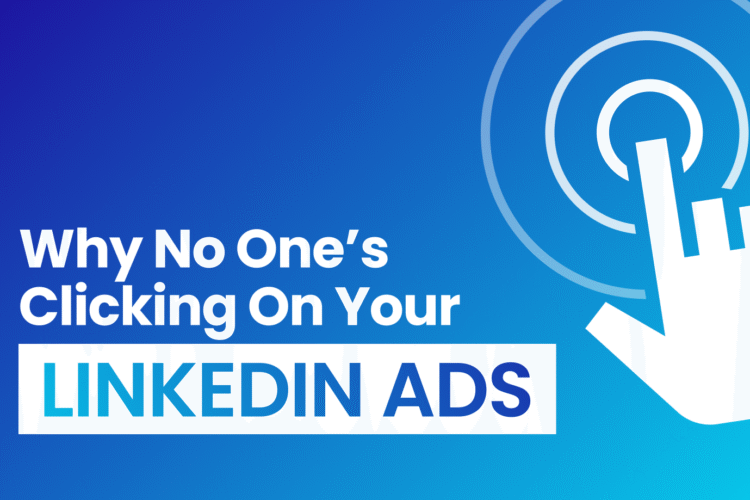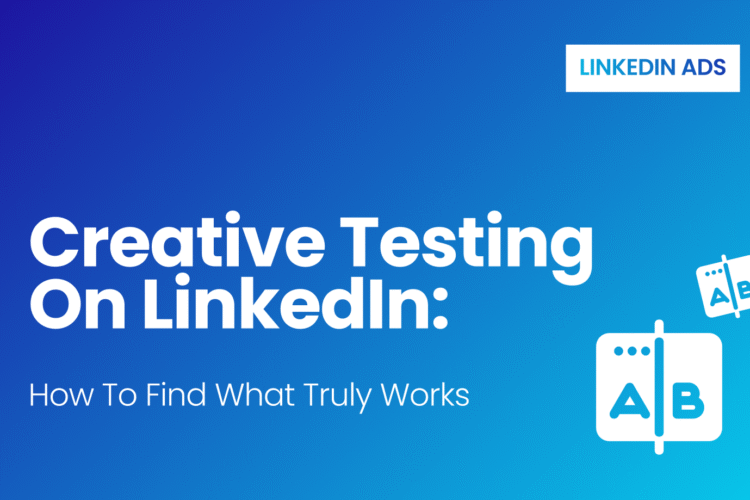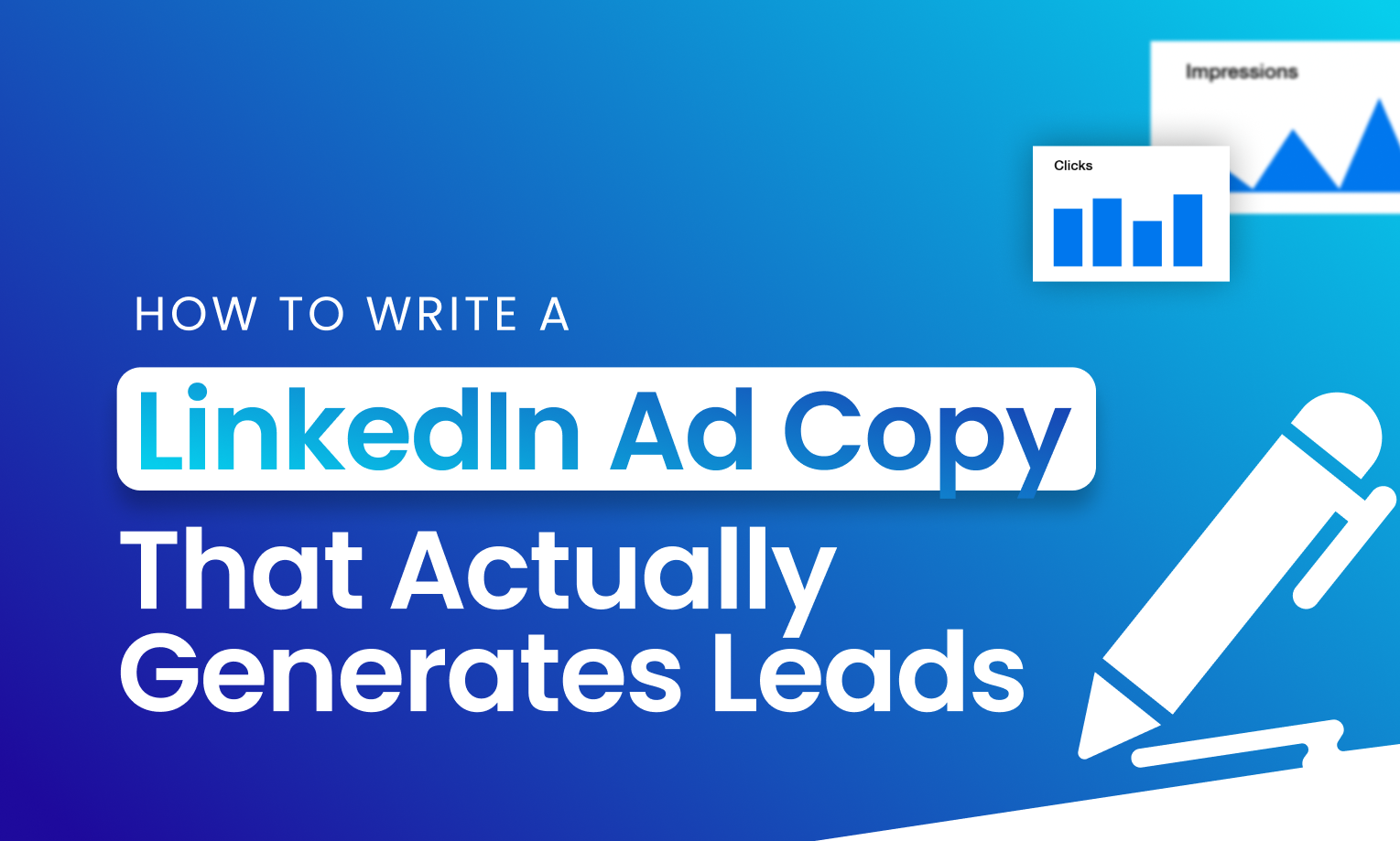
Most small B2B companies try LinkedIn Ads and write something like:
“We provide HR solutions. Book a demo now.”
A few likes, maybe a click or two, but hardly any leads.
What’s wrong here isn’t budget or targeting. It’s the copy. Because a good ad copy isn’t about shouting what you do; it’s about pulling someone in, speaking their language, exciting them, and then giving them a reason to act.
Below you’ll find a framework (with real examples from our own clients) on writing LinkedIn ad copy that works. And yes, we lean on storytelling, hooks, research, and tested frameworks – the kind we’ve used successfully for years.
1. First Research, Then Write
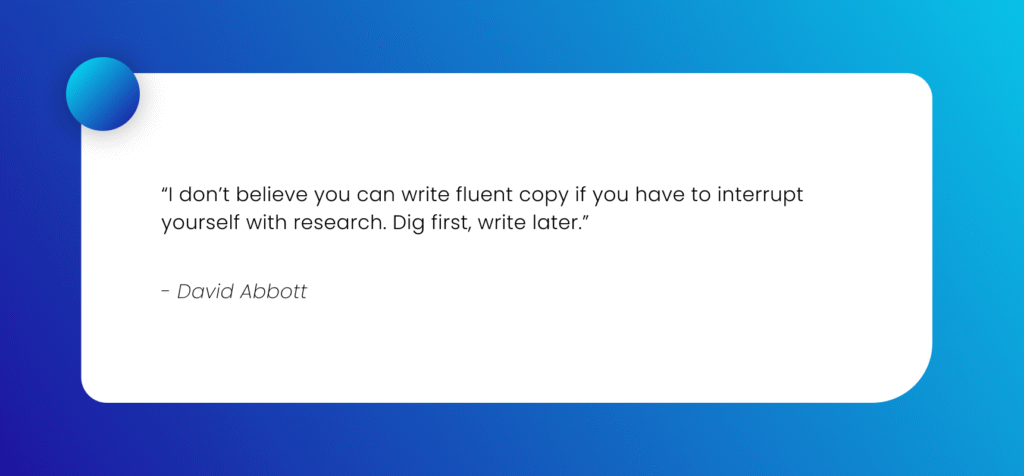
This quote by David Abbott encapsulates what an ideal copywriting process looks like.
Before you even type a headline, spend time researching:
- Your target audience (TG): What are their daily problems? Their KPIs? What keeps them up at night?
- The project or product: What exactly does it solve? What are the outcomes?
- Existing language: How are people in the industry speaking about the problem? What buzzwords do they use (or avoid)?
For example, when we worked on our A Beginner’s Guide to LinkedIn Ads in 2025 for Small B2B Businesses post, we looked at what 11–20 employee firms in NA/Canada struggle with – lack of awareness, high CPCs, and not knowing their metrics.
Read it here: A Complete Beginner’s Guide to LinkedIn ads
By doing this prep work, your copy will feel like it’s written for the audience, not at them.
2. B2B Copywriting vs B2C Copywriting: What’s Different
Yes, B2B and B2C both rely on good storytelling. But B2B requires a different tone and structure.
At Shivyaanchi, we believe in a Middle-of-the-Funnel (MoFu) strategy for many LinkedIn ads:
- We don’t force a direct sell.
- Instead, we offer lead magnets like whitepapers, guides, audits, and webinars.
- These are helpful resources, not hard sells.
This approach removes pressure from the audience. They engage because they feel they’re gaining something, not just being sold to. Over 11 years, using this formula, we’ve generated 3–4 qualified leads per week for many clients.
Also, LinkedIn has its own definitions of ad copy components—headlines, descriptions, body copy, and calls-to-action. You can check them here: LinkedIn ad copy components.
3. Hook With One Pain, One Promise
If your ad tries to cover 3–4 pains, it ends up sounding like a laundry list. The reader gets overwhelmed and scrolls on.
Instead:
- Pick one major pain your Ideal Customer Profile (ICP) feels.
- Agitate it a little (remind them how bad it is).
- Then offer one promise (or benefit) which addresses that pain.
Example: Our campaign for THEOTHER4
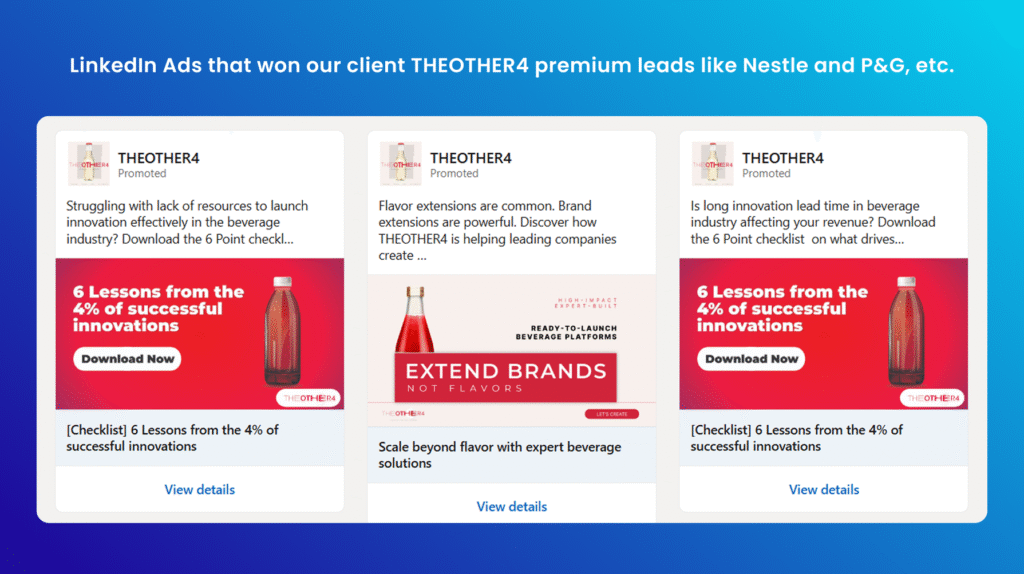
THEOTHER4 helps beverage companies innovate their beverages for maximum profitability and join the elite 4% of successful innovations (because 96% fail).
Here’s the kind of ad copy we created for them that landed premium clients like Nestlé, P&G, and Danone:
- “Are you a beverage manufacturer looking for fast and effective portfolio expansion through innovation?”
- “Is long innovation lead time affecting your revenue? Discover what drives the 4% of successful beverage innovations.”
- “Are unsuccessful product launches in the beverage industry affecting your revenue and growth?”
These ads targeted one clear pain point (resource gaps, long lead times, low innovation success) and made one clear promise (a free checklist to build a successful innovation strategy).
4. Use Simple, Direct Copy / Use the Right Format
Clarity beats cleverness on LinkedIn, especially when you’re after leads.
Some rules:
- Use single-image ads if lead generation is your goal. Why? The CTA is visible immediately. Less friction.
- Keep intro copy under ~150 characters and headline under 60 characters in many cases
- Use strong, direct CTAs: “Download Guide,” “Book a Demo,” “Get Your Spec Sheet.”
Videos are great for raising awareness, telling a story, and building a brand. But for conversions, single images + clean copy often outperform, especially for smaller budgets.
5. Write, Test, Iterate. Because the Best Copy Changes
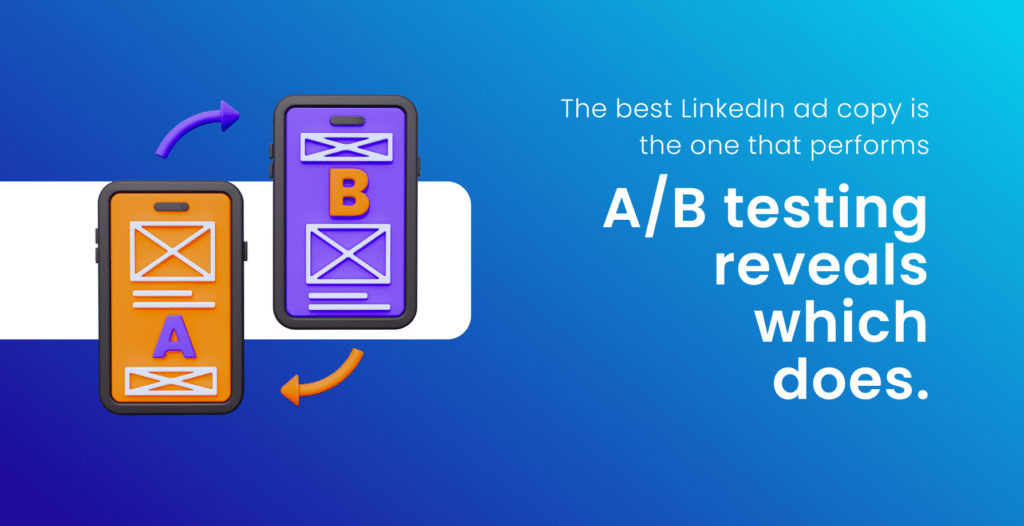
Your first draft won’t be the best. That’s okay. Testing is where real success comes from.
At Shivyaanchi, we always keep multiple copy variants in our ad campaigns. Here’s what our process looks like:
- Write 2–3 versions of the ad copy (same offer, different hooks or pain angles)
- Run them simultaneously for a few days or up to a week
- Watch which one gives better engagement/conversions
- Do A/B testing. Means pause or kill the underperforming versions + double down on winners
Don’t get attached to your copy; be data-driven.
6. Make It Personal (without being creepy)
Make it about them, not you.
When you are talking to someone face-to-face for the first time, how do you make them like you?
By avoiding blabbering about yourself and instead taking an interest in their story!
The same goes for LinkedIn ads. Copy that speaks directly to the individual beats generic copy every time.
Ways to add personality to your LinkedIn ad copy:
- Use “you” / “your” rather than “we” / “our”
- Refer to real problems in their role or industry (“As an HR manager in a manufacturing firm, you know…”)
- Use testimonials or quotes if possible
- A subtle touch of conversational tone or small specificity (“You won’t like competing quotes, OT issues, etc.”)
NOTE: Using the “you/your” factor in your LinkedIn ads doesn’t mean being informal. Especially if an informal tone doesn’t fit your brand. It’s just about being human and being specific.
Conclusion
LinkedIn ad copy isn’t about being fancy or showing off your vocabulary. It’s about being strategic, researched, relevant, and tested.
To recap:
- Do the research first: know your audience, their pain, what impresses them.
- Use a B2B-friendly approach: lead magnets, content offers, MoFu, not just a sales push.
- Agitate one pain and promise one solution.
- Keep it simple and match the ad format to your objective.
- Always test and refine.
- Make it personal. It’s where emotional connection starts.
If you do these consistently, even with a modest budget, you’ll find your LinkedIn ads generating leads, not just clicks.
